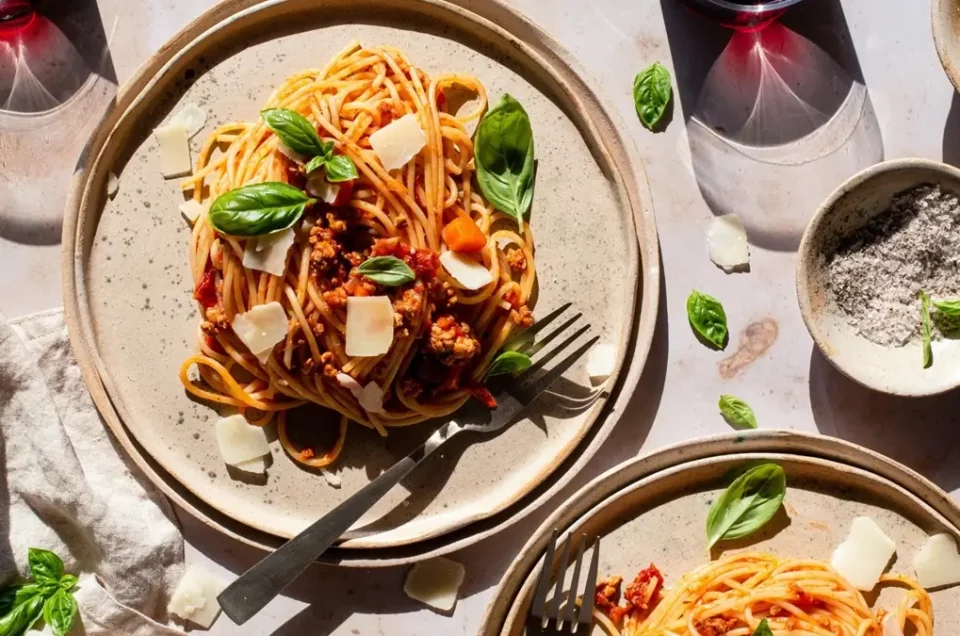For a lot of cultures, pasta is a fast dinner thrown collectively at a second’s discover on a weeknight. In spite of everything, it’s straightforward sufficient to make, isn’t it? Merely pop a pot of water on the range, toss in your pasta, boil and drain earlier than mixing within the sauce.
The reality is that for Italians, cooking pasta is a fragile course of handed down by way of generations – every intently guarded tip combining on the plate to create the proper chunk.
When made accurately, your commonplace spaghetti, ravioli, farfalle and fusilli pasta is the proper starter dish for particular events like birthdays, weddings and holidays.
So, let’s roll up our sleeves and pop on our chef’s hats – it’s time to cook dinner pasta the Italian method!
Select Your Pasta: Dry or Contemporary?
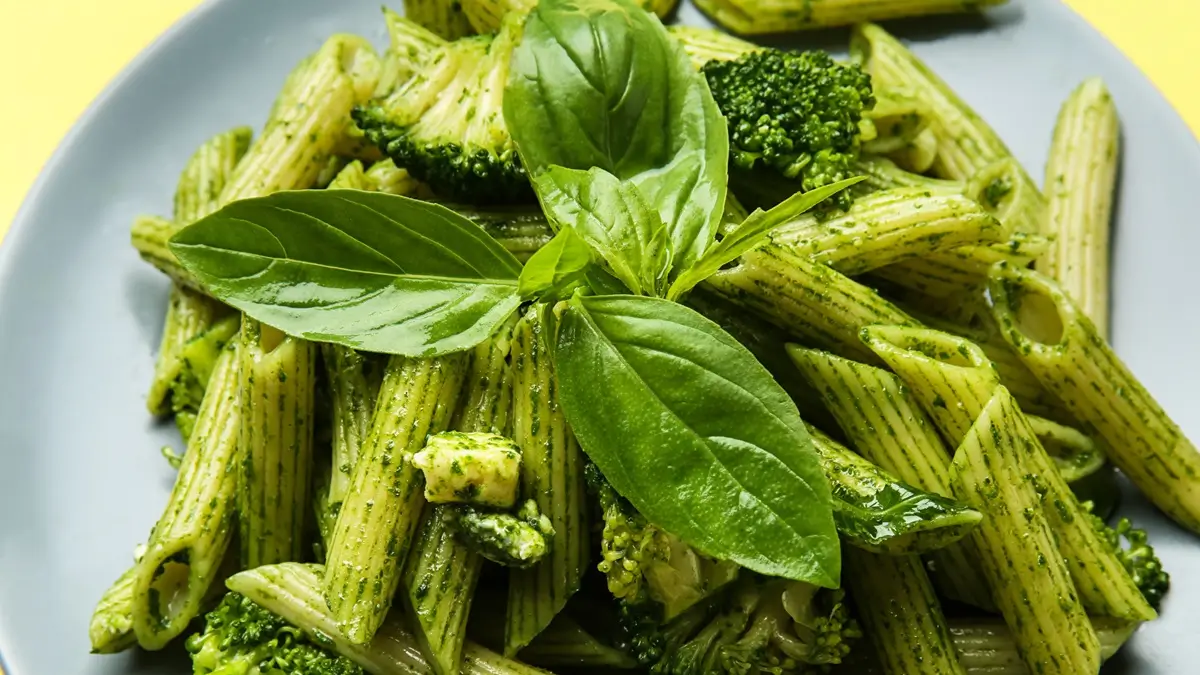

Earlier than mastering the artwork of pasta, it’s essential to select the kind of pasta you’re going to cook dinner. Right here, you’ve got two distinct choices: dry or contemporary pasta.
Beneath these two classes are a number of sub classes as there are various kinds of dry and contemporary pastas relying on their components and manufacturing processes.
Dry Pasta
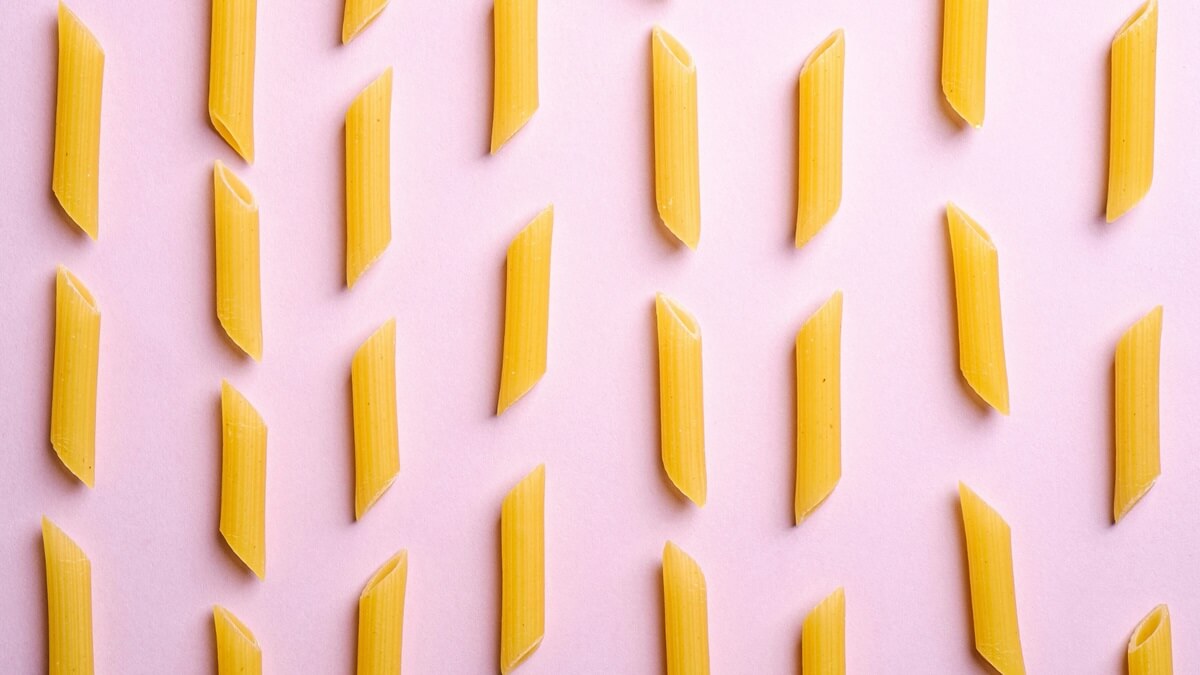

Dry pasta is the extra accessible choice and will be extensively discovered everywhere in the world, making it the proper selection for anybody exterior of Italy making an attempt to recreate an genuine Italian spaghetti dinner at dwelling.
Nonetheless, not all dry pastas are created equal.
When shopping the pasta aisle, you’ll probably see two distinct colours: white and yellow. This pasta colour is the very best clue to the pasta’s style and general high quality.
White pasta signifies that the dough was processed slowly, that means the dough was gently dried over a protracted time period at a low warmth. This gradual drying course of impacts not solely the colour, because it maintains the unique ivory hue of the dough, but additionally the style and dietary worth. The gradual heating course of maintains the dough’s freshness whereas additionally preserving the pasta’s dietary worth.
Yellow pasta, alternatively, is processed rapidly – being dried for a brief period of time at excessive temperatures. This modifications the dough’s pure white colour as its sugars are burnt, yellowing within the course of. This eliminates a lot of the pasta’s pure dietary worth and infrequently lends it a harsh aftertaste and an disagreeable chewy texture.
White dry pasta will be fractionally dearer than yellow pasta due to its gradual processing time, however if you happen to’re searching for a nutritionally balanced and genuine Italian pasta dish, we extremely advocate it.
Contemporary Pasta
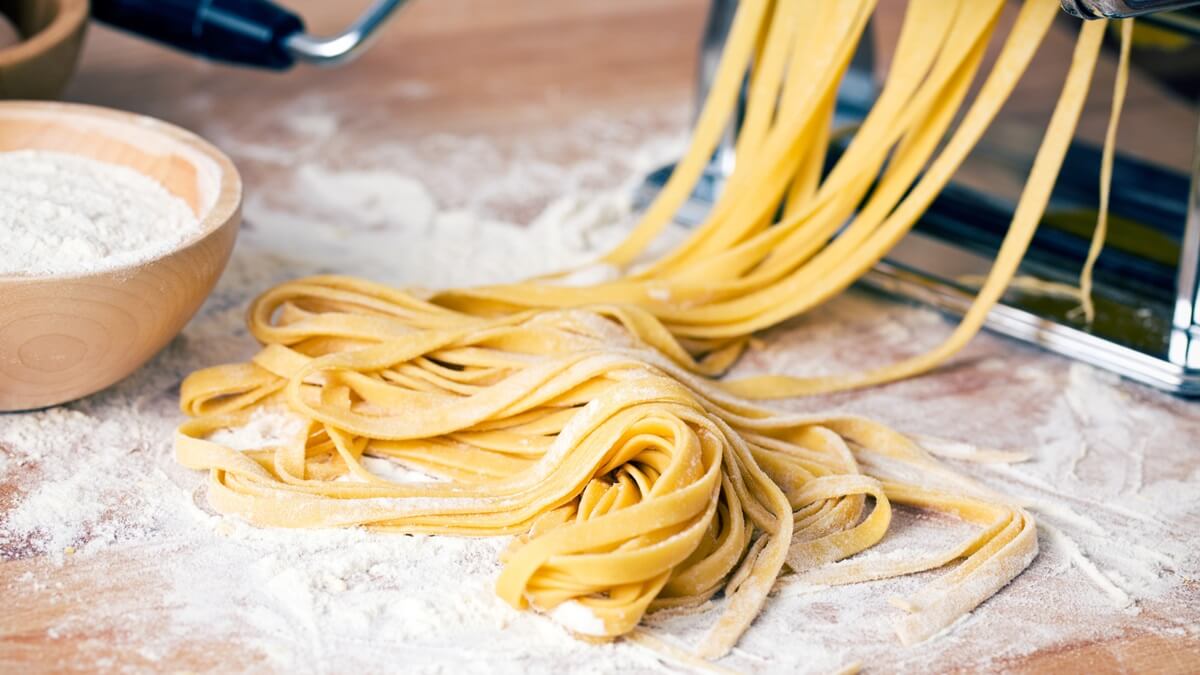

In case you’d actually prefer to deal with your self, you possibly can splurge time or cash on some genuine Italian contemporary pasta.
Like dry pasta, there are totally different styles of contemporary pasta. Most notably, there’s semolina pasta and egg pasta.
Because the title suggests, semolina pasta is made utilizing nice semolina (i.e. durum wheat) flour. Merely combined with water, kneaded till easy and rolled out into shapes, semolina pasta has a slight grainy texture and is commonly thought of simpler to work with because it’s sturdier and simply fashioned into totally different exact shapes.
Egg pasta is semolina pasta’s stretchier and smoother cousin. This refined texture is feasible with using entire eggs and 00 flour – an additional nice durum flour that creates a robust however pliable dough. Consequently, contemporary egg pasta is commonly chewier with a easy and barely sticky floor, permitting sauces to simply cling to it.
Match the Pasta Form to the Sauce
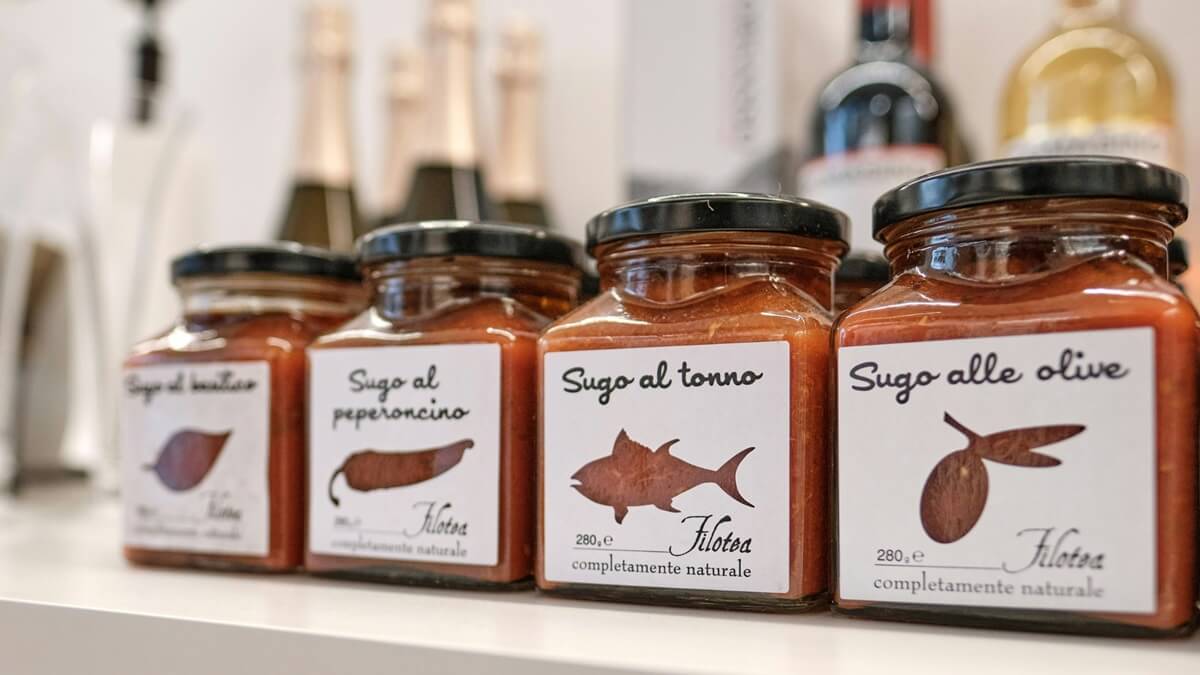

Any seasoned Italian is aware of that every sauce requires a selected sort of pasta to accompany it. These pasta pairings are decided by the form, texture and measurement of the pasta.
Ragù
Lengthy or textured pastas like tagliatelle and rigatoni are finest paired with ragù. The tagliatelle’s tough and huge floor and the rigatoni’s deep ridges supply the proper floor for the bottom beef and tomato sauce to stay to, guaranteeing each chunk is filled with taste.
Seafood
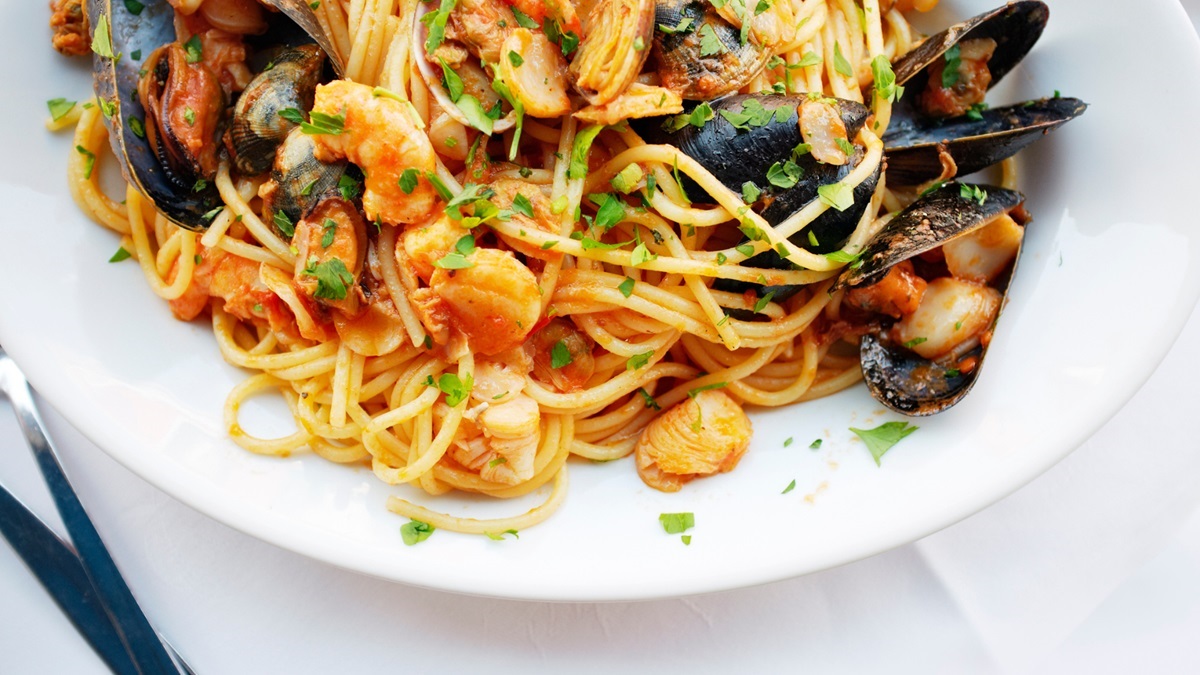

Seafood is nearly all the time paired with a protracted pasta, like tagliatelle or linguine. The seafood’s silky and light-weight sauce completely enhances the pasta’s easy and silky texture. The pastas’ size additionally lets you pierce the seafood along with your fork earlier than twirling the pasta across the tongs for a superbly balanced chunk.
Tomato
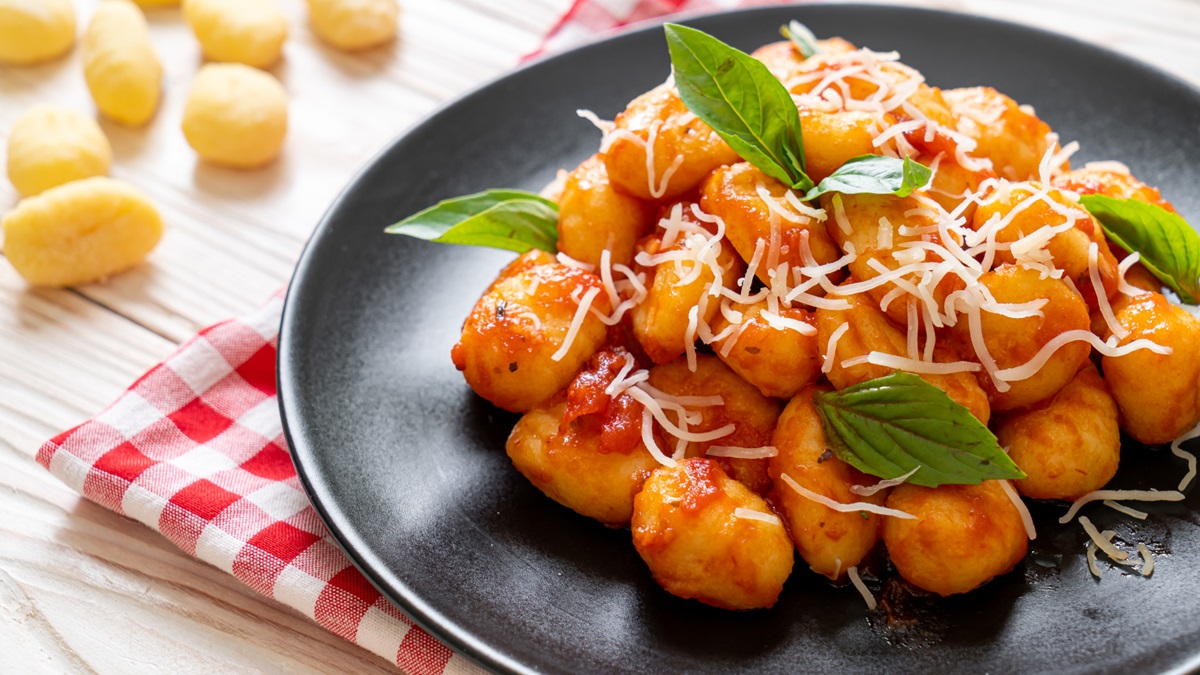

The traditional tomato sauce is often smothered over a protracted silky pasty like linguine or a brief, starchy pasta akin to gnocchi. The lengthy form of linguine lets you twirl the contemporary bits of tomato and melted cheese round your fork whereas the gnocchi take up the flavors on the plate, creating scrumptious savory pillows.
Cream or Cheese
A creamy sauce like carbonara or cacio e pepe is commonly accompanied by linguine. In the meantime, creamy and tacky sauces, like ragù bianco (i.e. white sauce), are thought finest paired with a easy, brief pasta like penne or gnocchi.
5 Suggestions for Good Pasta Each Time
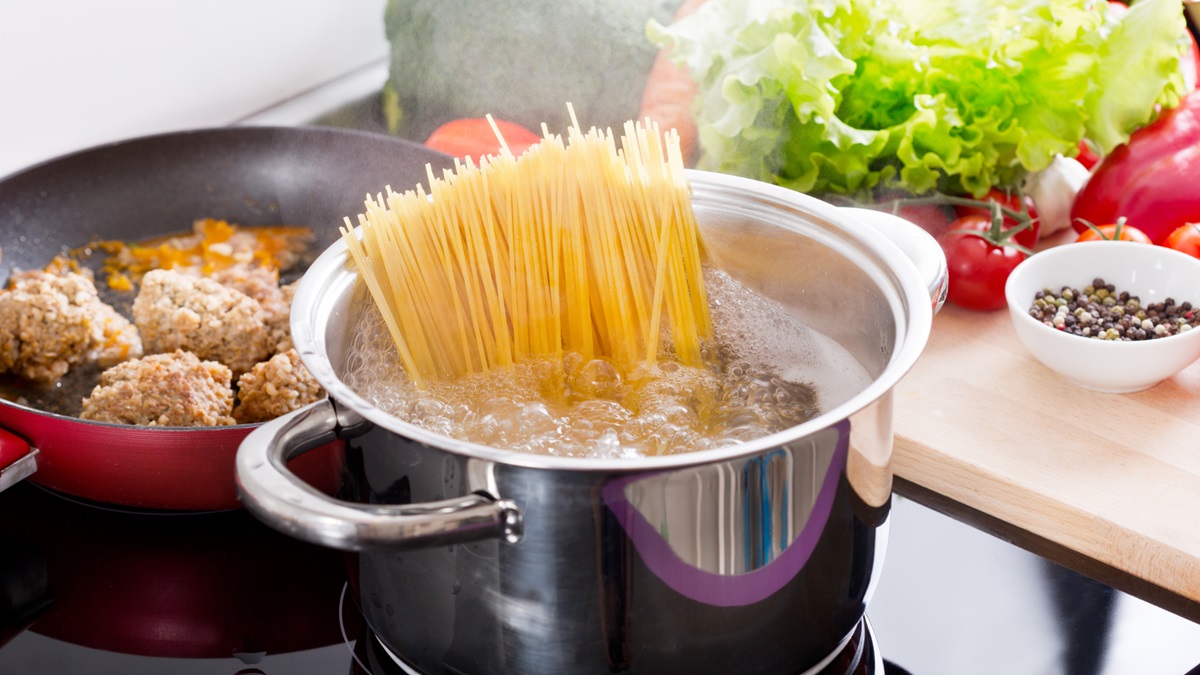

Now that you understand what goes into selecting the proper pasta, you must know how one can truly cook dinner it.
Listed below are a couple of high ideas from InRome Cooking’s gifted cooks on how one can make the very best genuine Italian pasta at dwelling.
Add the pasta to boiling water
Until you need to break an Italian’s coronary heart into 1,000,000 items, it’s essential to all the time deliver your water to a roaring boil earlier than popping in your pasta. Including your pasta to chilly or lukewarm water may end up in overcooked, soggy pasta because the pasta absorbs the water earlier than boiling.
Salt alongside the way in which
When added in increments all through the cooking course of, salt can add a depth of taste to your pasta dish. As small quantities of salt cook dinner, they develop an umami taste that, along with seasoning the meals, provides a definite depth to your sauce. Sprinkling a couple of beneficiant pinches of salt in your pasta water will even season your pasta, guaranteeing each a part of your dish is flavorful.
Don’t overcook your pasta
On the subject of boiling your pasta, “al dente” is the secret. Overcooked pasta can change into chewy and soggy, and within the case of contemporary pasta, might even trigger it to lose its form. You’ll need your pasta to have a slight chunk to it as this will even guarantee it gained’t change into soggy if you add it to your sauce.
Save a few of your pasta water
Don’t pour all that beneficial pasta water down the drain! This starchy water is the excellent addition to your sauces and lots of Italian pasta dishes name for a pasta water as a thickening agent. We advocate preserving a few cup of pasta water for later use.
Don’t rinse your pasta
As soon as cooked, pasta is coated in starches which, just like the pasta water, improve the sauce’s taste and texture. Rinsing the pasta additionally cools it down, which may create a rubbery noodle and funky the sauce, doubtlessly upsetting its consistency. So, except you’re planning on making a chilly pasta salad, it’s widespread follow to by no means rinse your pasta after draining it.
Wrapping Issues Up
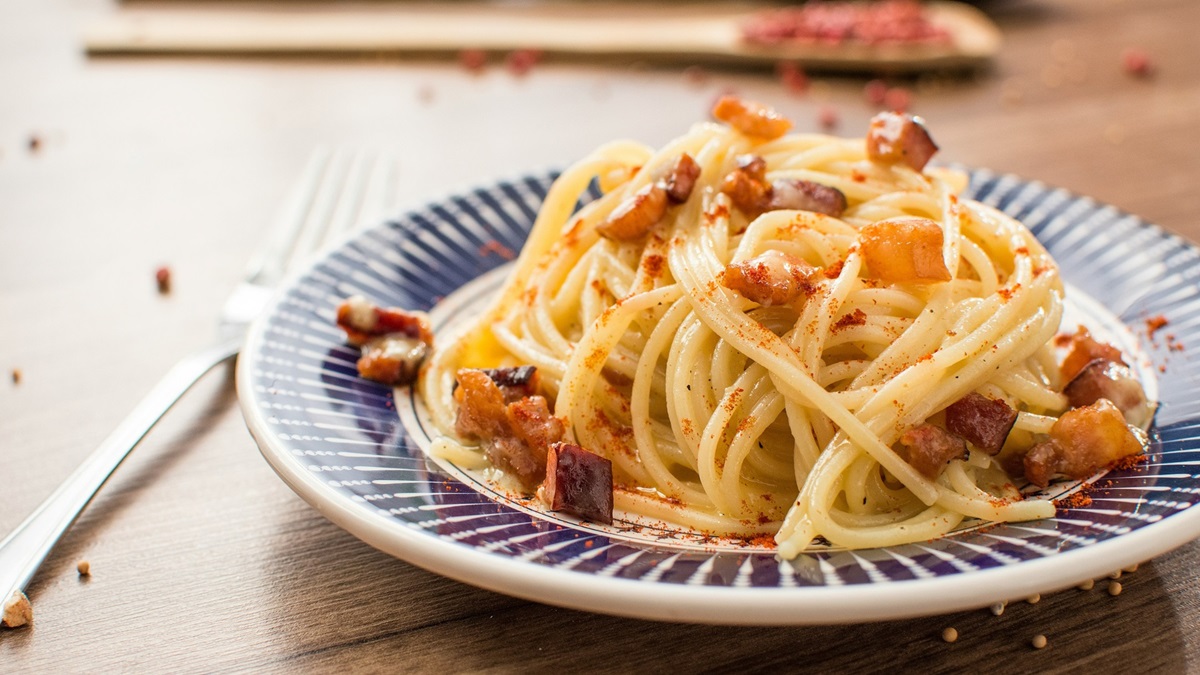

If you wish to cook dinner because the Italians do, following our bonafide ideas and methods is a sure-fire method to make sure excellent pasta each time. Whether or not you’re planning on making dry or contemporary pasta with a ragù, seafood, tomato or cream/cheese sauce, you’ll perceive which pairings to make for the proper plate of pasta each time.
Bear in mind to all the time boil your water earlier than including the pasta and by no means rinse away these beneficial starches.
Try our pasta paking classes to learn to make three scrumptious pasta dishes from scratch!


